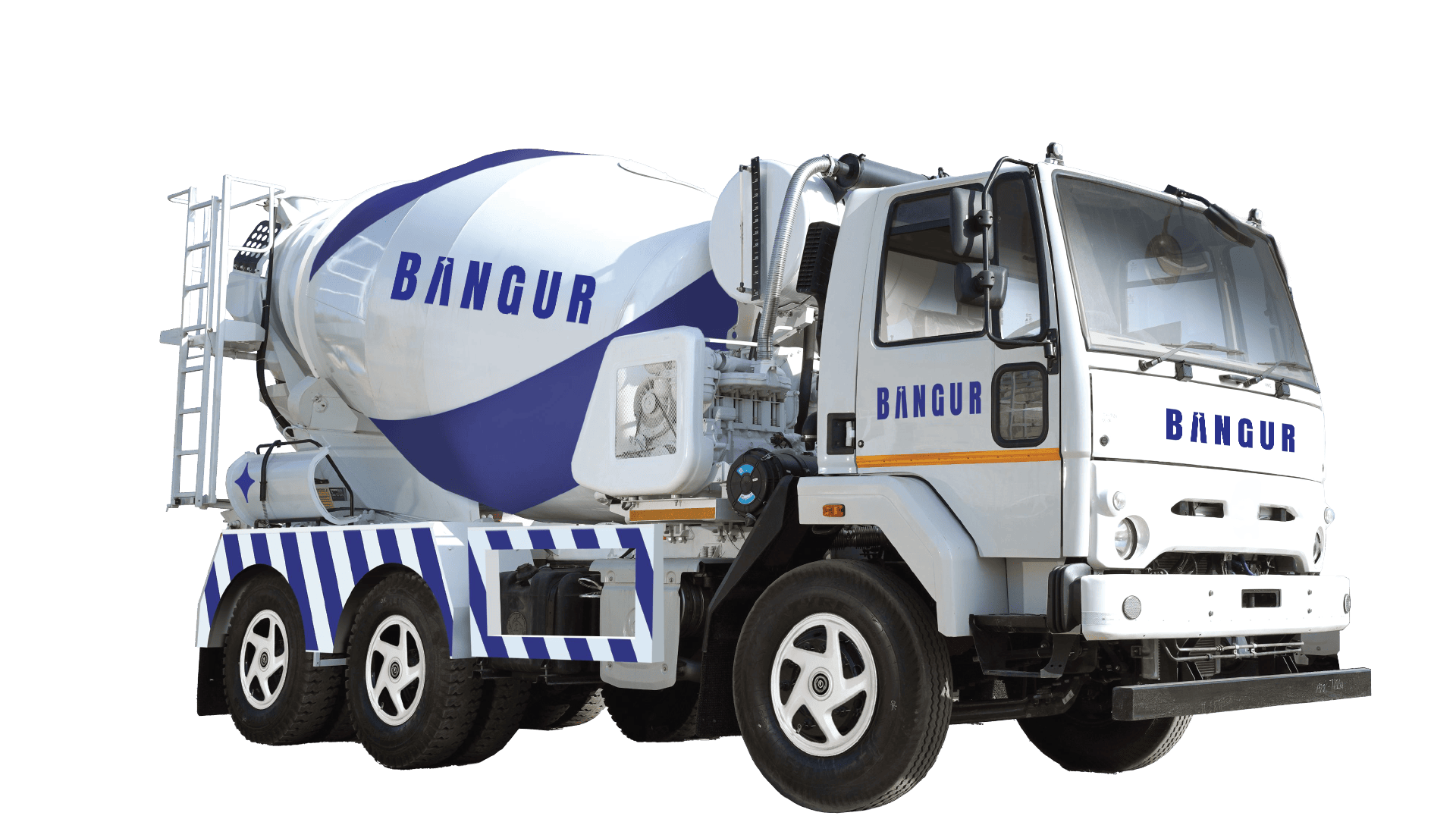
Cement Types Explained: Picking the Right One for the Right Job
- Jun 27
- 3 min read
Not all cement is created equal. Walk into a hardware store or speak to a contractor, and you'll hear about a dozen different kinds of cement, each with its own use, strength, and setting time. Understanding the different cement types is more than just technical trivia. It helps you make smarter, more durable choices for your construction project.
Whether you're laying a foundation, building a water tank, or working on a high-rise, there's a specific type of cement for the task. Let’s break it down.
Why Cement Types Matter
Cement is the backbone of most construction work. But different jobs demand different properties — quick setting, moisture resistance, or extra durability. Using the wrong cement type might not show issues right away, but over time, the results can include cracking, leakage, or weakened structure.
Knowing your options makes planning easier and helps reduce long-term maintenance headaches. It also ensures you're not overspending on high-grade cement when a basic option would do just fine.
Common Cement Types and Their Uses
Here’s a quick look at the most commonly used types of cement and where each one fits best:
1. Ordinary Portland Cement (OPC)
The most widely used cement type, OPC, is suitable for general construction. It comes in three grades: 33, 43, and 53, depending on compressive strength. It’s a go-to for residential buildings, bridges, and pavements.
2. Portland Pozzolana Cement (PPC)
PPC includes fly ash, making it more eco-friendly. It offers better resistance to chemicals and is ideal for plastering, masonry, and water-retaining structures like tanks and dams.
3. Rapid Hardening Cement
This type of cement gains strength faster than OPC, which means quicker construction schedules. It’s useful where formwork needs to be removed early or when you’re working in cold weather.
4. Sulphate Resistant Cement
Designed for environments with high sulphate content (like coastal areas), this cement resists chemical attacks. It’s ideal for industrial structures, sewage pipes, and marine construction.
5. White Cement
This one’s not about strength — it’s about aesthetics. White cement is mainly used for decorative works, like floor tiles, wall cladding, and fancy finishes.
6. Low Heat Cement
Used in mass concrete works like dams or thick foundations, this cement generates less heat during hydration, reducing the risk of cracking.
Choosing the Right Type of Cement for Your Project
Before ordering bags of cement, think about your site conditions, weather, water exposure, and project size. A general rule: use OPC or PPC for everyday structures, and switch to specialized cement types when the job demands it.
Also, consider factors like curing time, shrinkage, and compatibility with other materials. If in doubt, a good supplier or contractor will be able to guide you.
The Bottom Line
Cement might look the same on the surface, but the differences matter. Knowing which type cement to use can improve performance, cut costs, and help your structure last longer. Whether you’re a contractor, builder, or someone starting a home project, a little knowledge about cement types goes a long way.
If you're unsure which one to pick, ask your supplier about availability, performance, and what’s best for your site conditions. A solid foundation always begins with the right mix — and the right cement.


